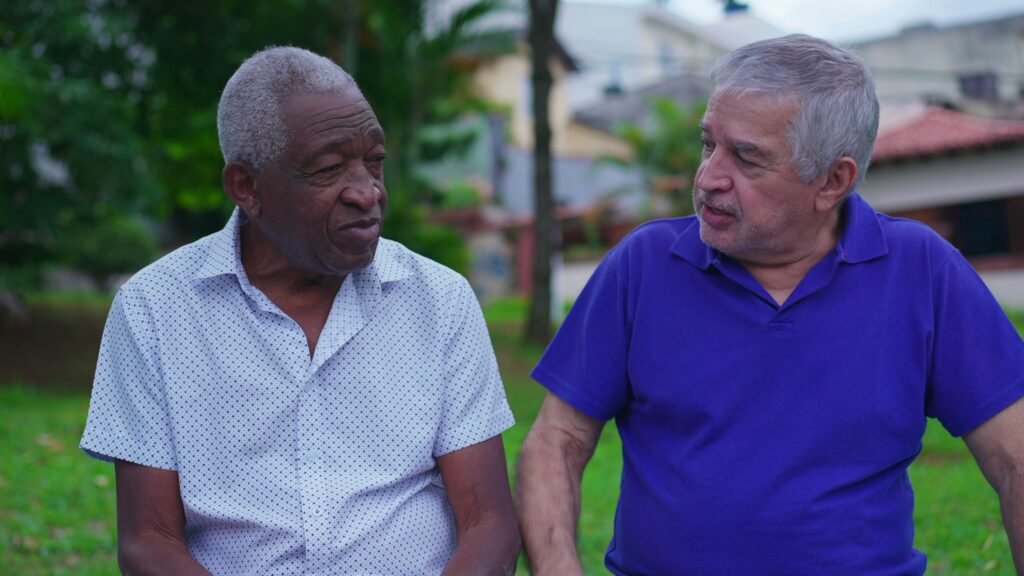Key Points
Each year, hundreds of thousands of youth are referred to the justice system and placed on probation, which makes probation the most common sanction for young people. Yet despite its prevalence as a response to youth misbehavior, in its current form, probation is often an ineffective long-term intervention.
To stem the tide of youth arrests, schools should collaborate with community organizations to provide greater behavioral health services and instruct teachers how to both recognize the associated underlying problems and provide referrals to the appropriate services .
Diverting youth out of the juvenile justice system benefits police officers. Youth who have prior positive interactions and lasting good relationships with police are more likely to report problems in their communities later on. This helps law enforcement to better achieve the main function of their job.
“Before involving the youth justice system, society should better empower parents, educators and community partners to serve as the first line of defense. Involving the justice system when youth commit simply immature but non-threatening actions violates our principle of limited government.”
Press release: R Street Policy Study No. 168: Shifting the Paradigm on Youth Probation
Image credit: Krysa
Featured Publications
Logan Seacrest, Jillian Snider
July 1, 2025
Philip Rossetti
June 24, 2025
Philip Rossetti, Nan Swift
June 24, 2025
Jillian Snider
June 17, 2025
Stacey McKenna, Courtney Joslin
June 12, 2025
Chris McIsaac
June 10, 2025
Stacey McKenna
June 2, 2025
Chelsea Boyd
May 29, 2025









